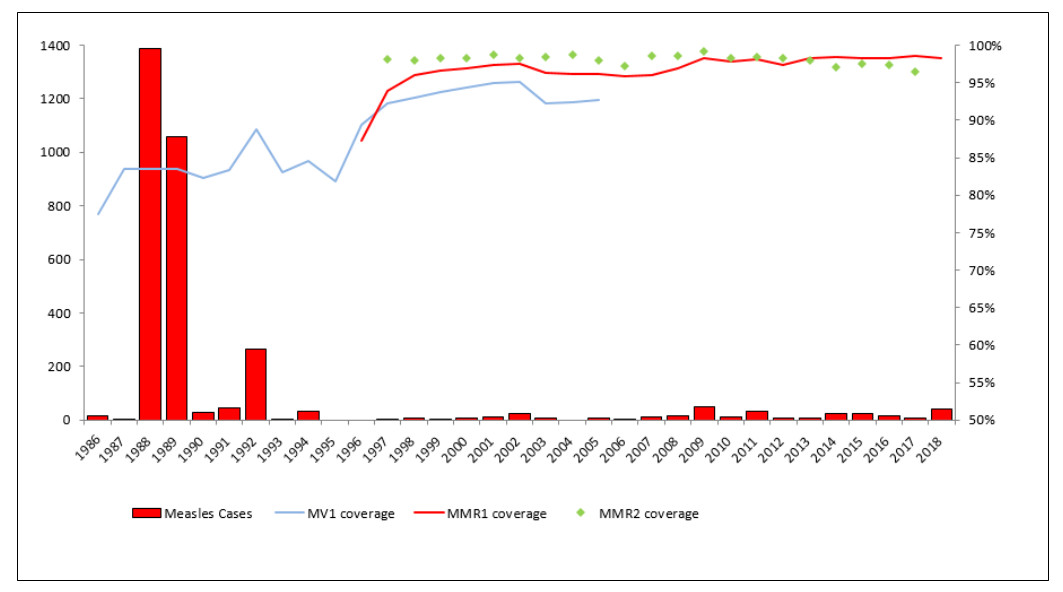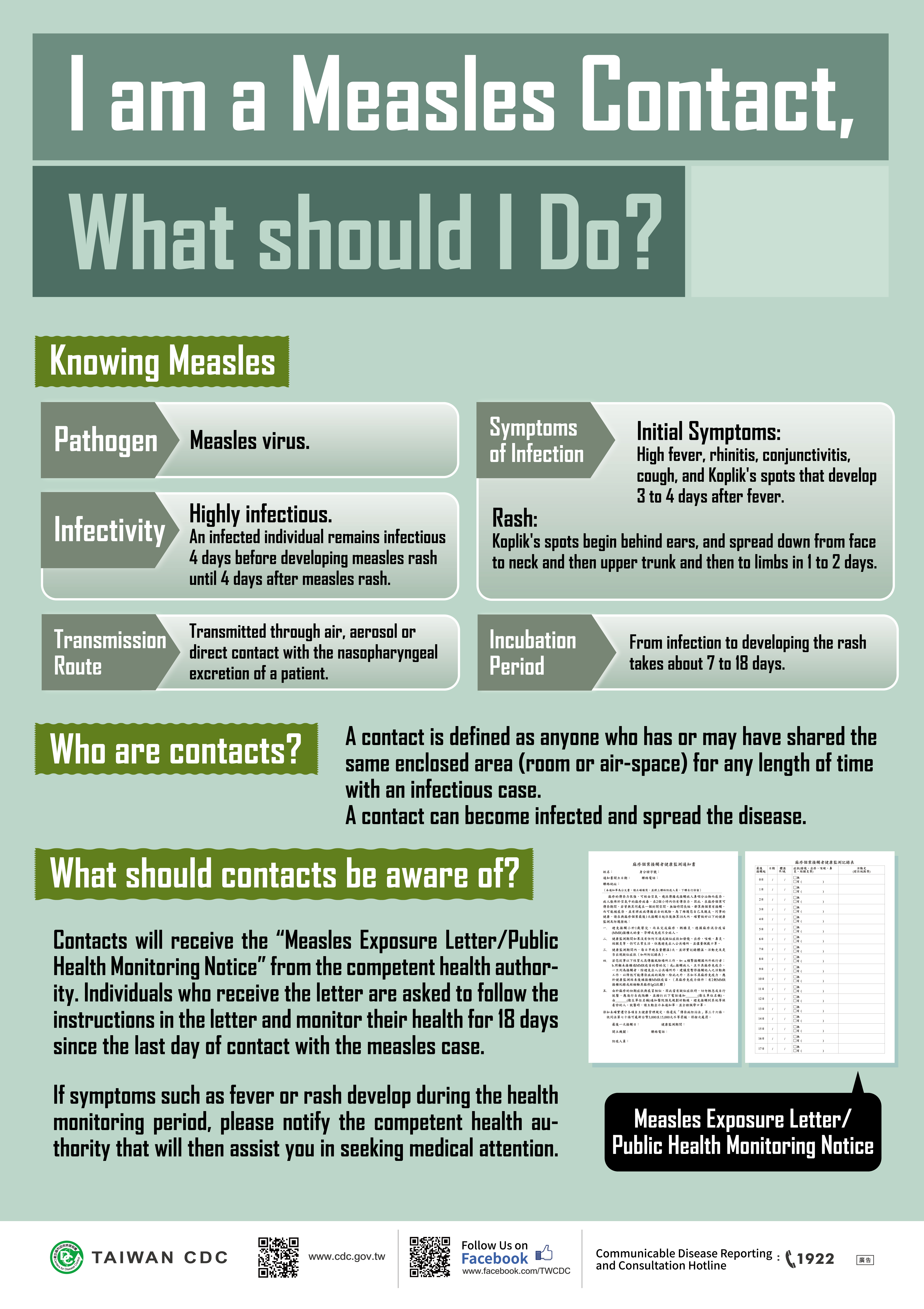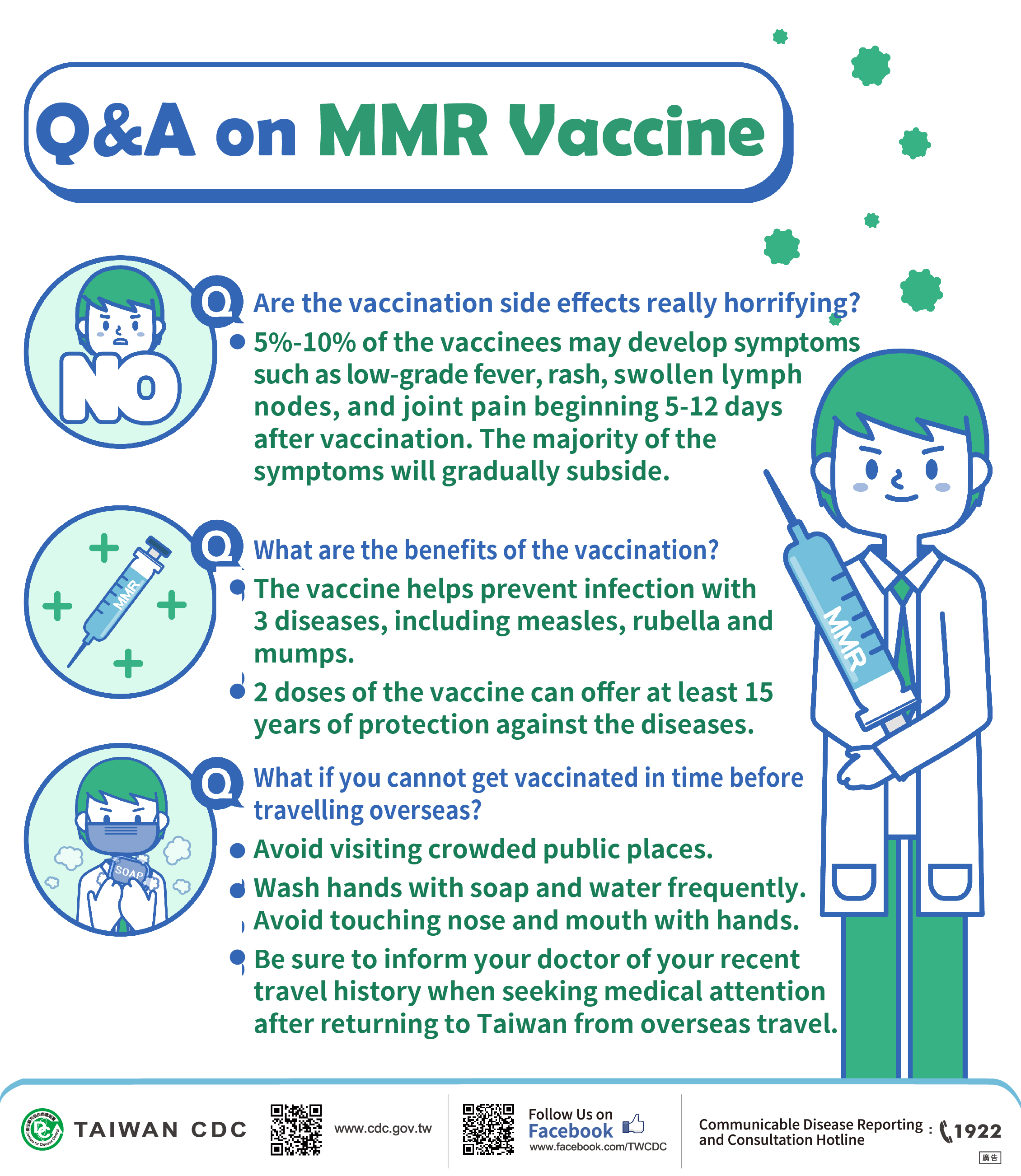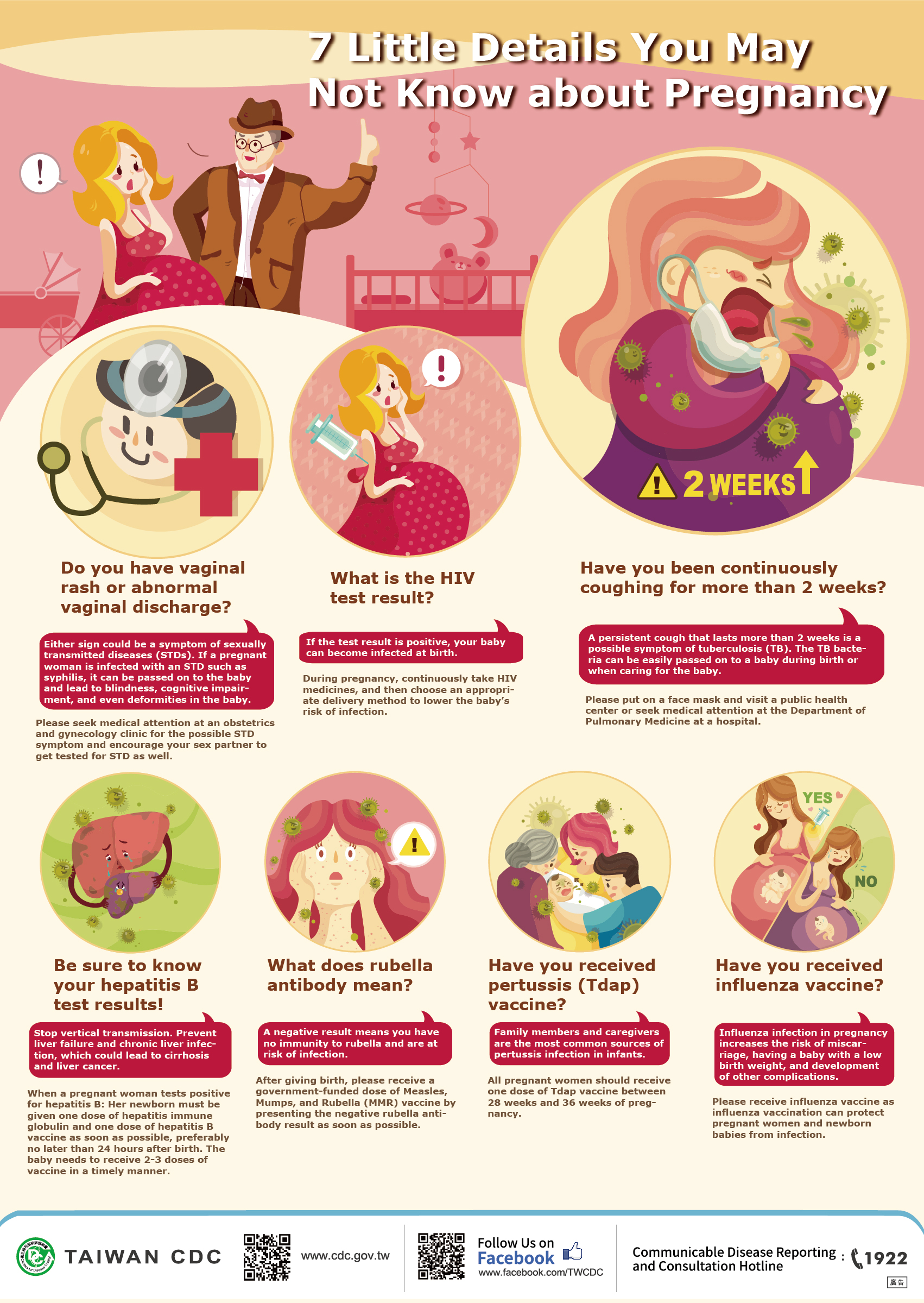Measles
Background
Measles is a highly contagious disease caused by measles virus and is one of the most devastating infectious diseases in humans. It remains one of the leading causes of death among young children globally, despite the availability of a safe and effective vaccine. Accelerated immunization activities have had a major impact on reducing measles deaths.
Measles spreads through the air by breathing, coughing or sneezing. It is so contagious that any child who is exposed to it and is not immune will probably get the disease. The first sign of measles is usually a high fever, which begins about 10 to 12 days after exposure to the virus, and lasts four to seven days. A runny nose, a cough, red and watery eyes, and small white spots inside the cheeks can develop in the initial stage. After several days, a rash erupts, usually on the face and upper neck. Over about three days, the rash spreads, eventually reaching the hands and feet. The rash lasts for 5 to 6 days, and then fades. On average, the rash occurs 14 days after exposure to the virus (within a range of seven to 18 days).
In Taiwan, measles had been listed as a reportable disease since 1985. A program to eradicate poliomyelitis, measles, rubella, congenital rubella syndrome (CRS), and neonatal tetanus (NT) was initiated in 1991. Through the implementation of the eradication program, the quality of the surveillance system was significantly strengthened and the vaccination coverage of measles containing vaccine was notably improved. Beginning 1993, measles has been brought under effective control in Taiwan.
Epidemiology
Although a live-attenuated measles vaccine was introduced to Taiwan in 1968, and a routine vaccination policy was formulated in 1978 to provide measles vaccine to infants at 9 and 15 months of age, from 1985 to 1989, three large outbreaks still occurred in 1985 (2,219 cases), 1988 (1,386 cases), 1989 (1,060 cases).
After the eradication program for poliomyelitis, neonatal tetanus, congenital rubella syndrome and measles was implemented in 1991 and two rounds of catch-up campaigns (1992-1994 and 2001-2004) were enforced of to intensify the surveillance system and to improve the vaccination coverage rate. Since 1993, only few confirmed measles cases were reported annually (Figure 1).
Between January 2001 and December 2018, there were 302 confirmed cases, including 186 non-imported cases (61.6%) and 116 imported cases (38.4%). Most of the imported cases contracted the disease in China (42.2%) and South East Asia (38.8%). On average, there were 6 imported cases per year, and most of the non-imported cases were linked to an imported case. The average annual incidence rate for non-imported cases was 0.4 per million population, the annual incidence rates from 2001 to 2018 for non-imported cases were under 1 per million population except 2002, 2009, 2011, and 2018.

Figure 1: Measles cases and immunization coverage in Taiwan from 1986 to 2018
Measles Surveillance in Taiwan
Taiwan National Infectious Disease Statistics System-Measles
Prevention and Control
- Maintaining high vaccination coverage rate for MMR1 and MMR2.
- Enforcing the follow-up and management of unvaccinated individual to eliminate risk of virus introduction.
- Connecting the National Immunization Information System (NIIS) and National Immigration Agency’s data to follow up the unvaccinated high risk children.
- Strengthening the management of health examination of foreigners.
- Strengthening the surveillance system and emergency response.
- Establishing well-organized standard measles control guideline.
- Intensifying the education of physician for the measles diagnosis and notification definition.
- Making vaccination recommendations for high risk population.
FAQs
- Do people in Taiwan still get measles?
- Yes, but it's not very common. That's because most people in Taiwan are protected against measles
- through vaccination. Each year about 10 people in Taiwan are reported to have measles.
- What is the routine children vaccination schedule of measles?
- The first dose of MMR:12 months of age
- The second dose of MMR :5 years
- Why do people still get measles in Taiwan?
- When unvaccinated Taiwanese or foreign visitors get measles while they're abroad,and then bring the disease into Taiwan. They can spread measles to other people who are not vaccinated, which sometimes leads to outbreaks. This can occur in communities with unvaccinated people. In recent years, most measles cases were imported/non-imported sporadic cases or local-limited transmission caused by imported cases in Taiwan
- Who are the high risk groups of measles infection?
- Infants under 1 year and unvaccinated children.
- Health care workers.
- People who travel to high-risk areas.
- People who come into frequent contact with foreign travelers.
- Why are the young people (who are 20-40 years of age) a high risk group?
- Since the seropositivity rate decreased and waning immunity in young people, they still have the risk of acquiring measles infection even though they have received f measles containing vaccine.
- What are the vaccination recommendations for non- routine vaccination population?
- Infants aged 6 through 11 months should get one dose of MMR vaccine before departure from Taiwan to high- risk areas.
- Young adults born after 1981 without measles immunity should get one dose of MMR vaccine before traveling to high-risk areas.
- Health care workers born after 1981 without measles immunity should get one dose of MMR vaccine.
- People born after 1981 without measles immunity and have frequent contact with foreign travelers should get one dose of MMR vaccine.
- People born after 1981 without measles immunity and care for infants who have not been vaccinated with MMR should get one dose of MMR vaccine.
- *Immunity requirement against measles: MMR vaccination record with 2 doses and the last dose shall be within the past 15 years, or having measles Ig G antibody after being tested within the past 5 years.
- What is the regulation of health examination for foreigners applying for a residence or settlement?
- All foreigners applying for a residence or settlement are required to submit an antibody positive of measles / rubella report or immunization certificate. Also, the physical check for foreign laborers before entry has included an item of “an antibody positive report of measles/ rubella or the immunization certificate.”
Resources
- WHO
- WPRO
- The Measles & Rubella Initiative
- USCDC l Measles(Rubella)
- MMWR
- WER
- Eurosurveillance
Images




